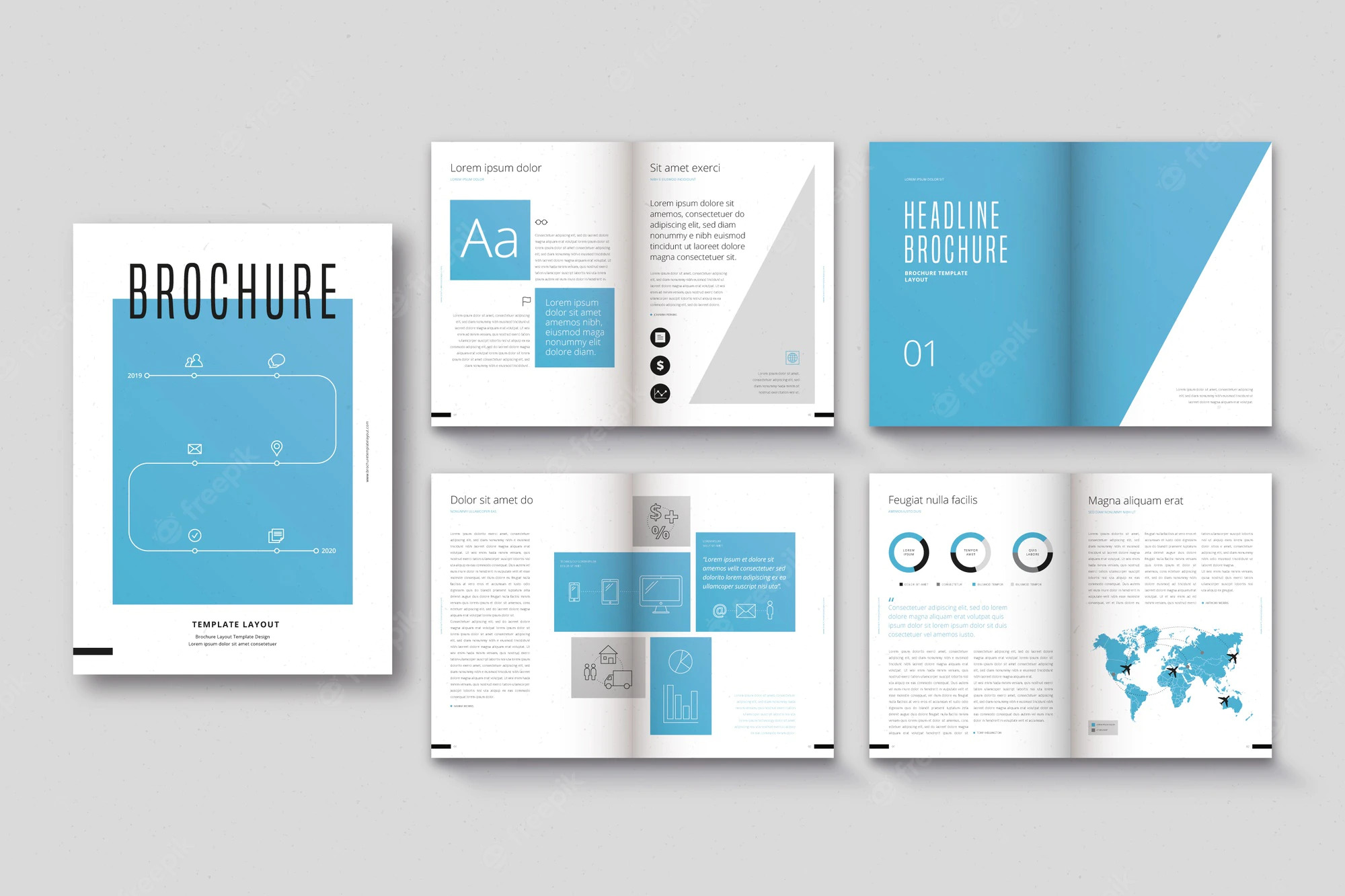How to set up most booklets, calendars magazines, etc

We have special file layout instructions for most catalogs, booklets, magazines, calendars and generally speaking most saddle stitch binding products.
You must upload 2 pdf files for this product. PDF only no exceptions.
The 2 files will be the two different layouts required for this order. Files MUST be submitted in BOTH lay out formats, as individual pages(1, 2, 3, etc) and as spreads(2 pages per spread).
Both page positions must be identical as we only print one of the two layouts based on what equipment is available that will take either one or the other. If your layouts do not match we cannot guarantee one will print vs the other.
Pages Must Be in Multiples of Four
Saddle-stitched booklets are constructed of folded sheets. As such, each folded sheet joined within the finished booklet will form four pages of the booklet. This means the page count of every saddle-stitched booklet must always be a multiple of four (4). It is not possible to create a 7-page, 10-page, or 25-page saddle-stitched booklet. All saddle-stitched booklets must contain 4 pages, 8 pages, 12 pages, 16 pages, 20 pages, 24 pages and so on. Even if a page in the booklet is blank, it still counts as a page.
Needless to say, creating the layout file properly at the onset will help optimize your booklet’s press run…saving time, effort, and expense for all involved. The software you use to create the booklet will likely give you file layout choices, such as Reader Spreads or Printer Spreads.
1. INDIVIDUAL PAGES:
This is the easiest and fastest of both our required methods regardless of the order size or production method, you set up your file as individual pages, presented one after the other, in the exact order they will appear in the finished booklet (see Illustration C).
By the way, if your saddle-stitched book is 32 pages in length, create one file containing all 32 pages…don’t submit 32 files with each file containing a single page. Also, be sure your file includes every page in the book. Even if some pages are completely blank, it is important that they appear in the file to ensure all of the pages get placed in the proper order.
2. SPREADS:
Printer Spreads display the booklet’s pages as they will actually print side-by-side on a sheet (see Illustration B).
Printer Spreads are not in numerical order. Instead, they are placed in an arrangement that will allow them to end up in correct numerical order once the pages are folded and bound into a saddle-stitched booklet.
You can prove this to yourself by creating a simple mock-up of an 8-page booklet. First, place one sheet of paper directly on top of another sheet. Keeping the two sheets together, fold them in half. The folded crease will form the booklet’s spine.
Position the mock-up so that the booklet’s spine is on your left and the open edges of the pages are on your right. Starting with the very first page, use a pen or pencil to sequentially number each page of the booklet from 1 to 8.
Now, separate the two sheets and examine them. You will see that page 8 is paired with page 1, page 2 is paired with page 7, page 6 is paired with page 3, and page 4 is paired with page 5…just like in the Printer Spreads illustration.












